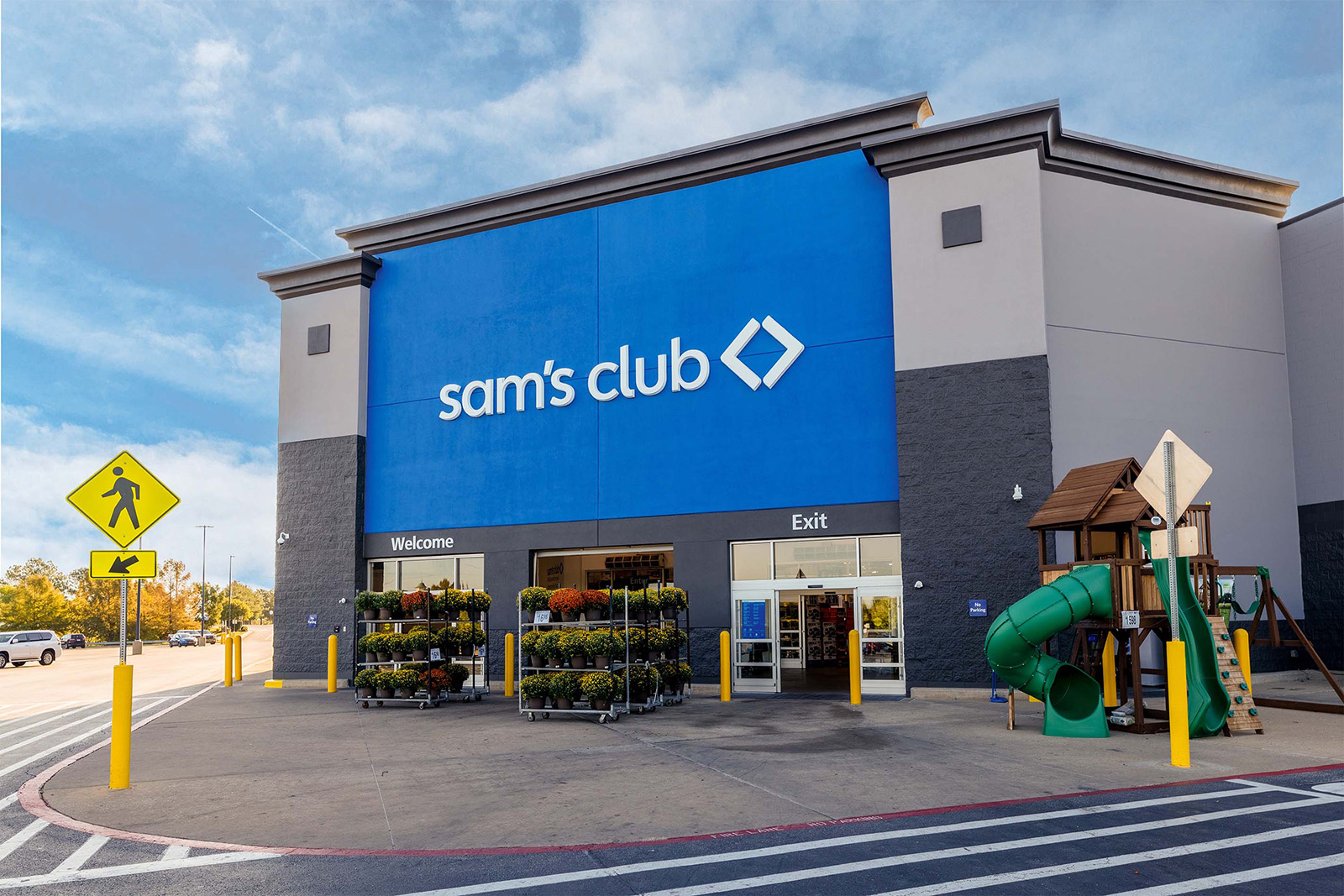Sam’s Club, a membership warehouse club chain owned by Walmart, is a cornerstone of the bulk retail model, delivering discounted goods to millions. With $86 billion in net sales for fiscal year 2024 and a 2.2% revenue bump from the prior year, it’s a vital cog in Walmart’s machine—accounting for roughly 13% of its parent’s consolidated earnings. But as a cybersecurity expert with a decade of domain experience, I see a flip side: its scale and reliance on digital infrastructure make Sam’s Club a prime target for cyber threats. This blog dives into the cybersecurity challenges facing Sam’s Club and offers technical insights for professionals tasked with safeguarding similar enterprises.
Sam’s Club: A Bulk Retail Powerhouse
Founded in 1983 by Sam Walton as Sam’s Wholesale Club, Sam’s Club rebranded in 1990 and now operates nearly 600 locations across the U.S. and Puerto Rico. Its bulk retail model—offering electronics, clothing, food, and household items at member-only discounts—drives its appeal. That $86 billion in FY 2024 sales didn’t come from thin air; it’s fueled by a robust supply chain, e-commerce platforms, and innovations like Scan & Go, which lets members skip checkout lines via a mobile app (source).
But scale brings exposure. Sam’s Club’s integration with Walmart’s tech ecosystem—think AI-driven inventory systems and cloud-based member data—creates a sprawling attack surface. For cybersecurity pros, understanding this interplay is step one to locking it down.
Understanding Sam’s Club’s Cybersecurity Landscape
Sam’s Club Cybersecurity: Protecting a Retail Giant Exposed
Sam’s Club doesn’t operate in a vacuum. As a Walmart subsidiary, it leverages shared infrastructure—Walmart Global Tech processes 6 trillion data points annually (source). This includes security operations centers (SOCs) that monitor threats across Walmart’s brands, including Sam’s Club. The bulk retail model adds complexity: point-of-sale (POS) systems, online transactions, and member databases are all juicy targets.
Recent moves—like merging Sam’s Club’s supply chain with Walmart’s in 2024—signal tighter integration (source). While this streamlines logistics, it also centralizes risk. A breach in one system could ripple across both entities, amplifying damage. Add in Sam’s Club’s tech-forward approach—AI exit arches, Scan & Go, and e-commerce fulfillment—and you’ve got a cybersecurity puzzle that demands precision.
Recent Threats Targeting Sam’s Club
Sam’s Club isn’t just a theoretical target; it’s in the crosshairs. In December 2024, the Clop ransomware gang claimed a breach, alleging data exfiltration from Sam’s Club systems. Posts on X and reports from BleepingComputer noted the group’s dark web leak site listing Sam’s Club, though no stolen data has surfaced yet. The attack reportedly exploited a zero-day in Cleo file transfer software (CVE-2024-50623), patched in October 2024—a vulnerability Clop used to hit over 4,000 organizations globally.
This isn’t Sam’s Club’s first rodeo. Walmart’s broader ecosystem has faced scrutiny, like the 2022 China cybersecurity violations warning over unpatched vulnerabilities. For Sam’s Club, the stakes are high: member data (names, addresses, payment info) and operational systems are goldmines for ransomware, phishing, or supply chain attacks. The bulk retail model amplifies this—disrupt one warehouse, and you choke a region’s supply.
Securing Sam’s Club: Technical Strategies for Defense
Protecting Sam’s Club requires a layered approach. Here’s how cybersecurity pros can fortify this bulk retail titan:
Harden the Perimeter
- Patch Management: The Clop incident underscores timely patching. Automate scans for CVEs like CVE-2024-50623 and prioritize critical systems—POS, e-commerce, and supply chain nodes (/server-hardening-tips).
- Network Segmentation: Isolate Sam’s Club’s systems from Walmart’s broader network. Use VLANs and firewalls to limit lateral movement if a breach occurs.
Lock Down Member Data
- Encryption Everywhere: Sam’s Club handles sensitive PII. Encrypt it at rest (AES-256) and in transit (TLS 1.3). Test key management—lost keys mean lost data.
- Zero Trust: Implement role-based access control (RBAC) and multifactor authentication (MFA) for employees and third-party vendors. No one gets a free pass.
Counter Advanced Threats
- AI-Powered Detection: Sam’s Club uses AI for exit tech; flip it for security. Deploy ML-based anomaly detection to spot ransomware or phishing patterns in real time (/threat-detection-guide).
- Red Teaming: Simulate Clop-style attacks. Test how far an adversary can penetrate before detection—then plug the gaps.
Supply Chain Vigilance
- Vendor Audits: The Cleo flaw came from a third party. Audit suppliers for SOC 2 compliance and enforce strict SLAs. One weak link can sink the ship.
- Incident Response: Build a playbook for ransomware. Practice isolating affected systems and restoring from air-gapped backups—Walmart’s scale demands speed.
These aren’t hypotheticals. I’ve seen retailers crumble from ignored basics—unpatched servers, weak passwords, no segmentation. Sam’s Club can’t afford that.
Conclusion: Staying Ahead of the Curve
Sam’s Club’s $86 billion operation is a testament to the bulk retail model’s success—and its cybersecurity challenges. The Clop threat is a warning shot: as Sam’s Club leans into tech and integration with Walmart, its attack surface grows. Cybersecurity pros must act now—harden systems, protect member data, and outmaneuver threat actors like Clop. The bulk retail model thrives on trust; a breach could erode it overnight.
